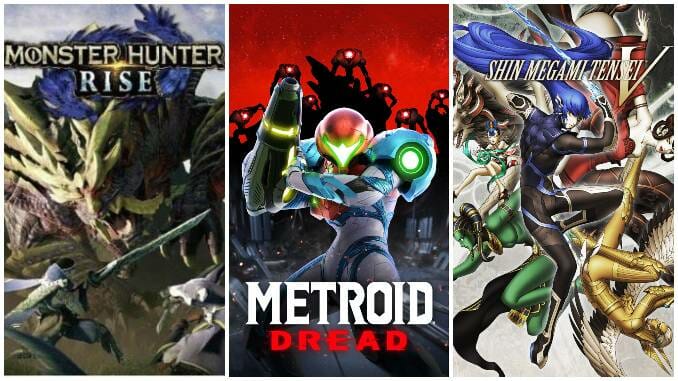
The Switch saw its first major upgrade this year, with the Nintendo Switch OLED boasting a bigger and brighter screen than the original model, along with larger internal storage, improved speakers, and a stronger, sturdier kickstand for when you don’t want to play handheld anymore but also don’t want to dock it to your TV. As notable an improvement as the Switch OLED is, though, it’s not the best thing to happen to Nintendo’s current console in 2021. No, that would be the collection of games released for the system this year—in other words, the most important thing about any gaming system. No matter how impressive or innovative the tech inside a game console might be, it’s meaningless without great games to play on it.
Fortunately the Switch had another great year—and one less dependent on Nintendo’s first-party releases than any other so far. Yes, a game by Nintendo tops our list, but it’s the only first-party game in our top 10. The Switch is not just the home to Nintendo’s reliably excellent games, but also has perhaps the best variety of games from third-parties and smaller developers this side of a PC. It might not have the most technically advanced big budget releases from publishers like EA, Ubisoft, or Activision, but the Switch will let you play a broad cross-section of the best games being made today.
To prove it, here’s our list of the 20 best games released for the Switch this year. This focuses exclusively on games that were brand new in 2021; the Switch welcomed some fantastic games in 2021 that had already been released on other platforms in previous years, including Spelunky 2 and Disco Elysium. As wonderful as those games are, it would be a distraction to include them on a list of 2021’s best games, even if they weren’t available on the Switch until this year.
With that little caveat out of the way, let’s dig into it. Here are the best new games released for the Nintendo Switch in 2021.
20. The Good Life

The Good Life’s premise parallels that of other life simulators, but with some added flavors that make it stand out. Naomi Hayward is a journalist who, through the power of backstory, has amassed $30 million in debt. Instead of sending an army of debt collectors after her, however, she is given the chance by the Morning Bell News to pay off her debt by working in the idyllic village of Rainy Woods in the English countryside. There, she is tasked with uncovering what’s behind the town’s labeling of being the “happiest town in the world.” As Naomi tries to uncover the real reason behind the town’s happiness (it couldn’t possibly be that they get to turn into cats and dogs, right?), a murder occurs. At this point, its up to Naomi to solve the murder while also paying off her debt and keeping the Morning Bell pleased. There’s a lot of moving parts to the game, and just getting to the actual inciting murder can take a few hours. But the game balances it all surprisingly well, to the point where no one element feels like a more worthwhile time investment than the rest.—Nicolas Perez
19. Little Nightmares II
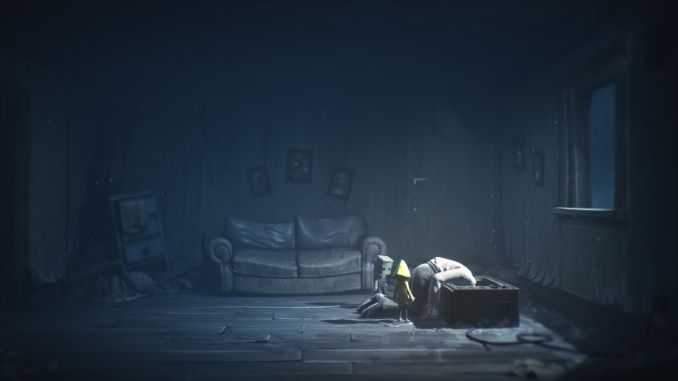
Little Nightmares II’s best moments outshine even those of the original, especially while utilizing new mechanics such as using blunt objects for light combat sections and a particularly fun Portal-like mechanic added in its penultimate act. Its varied environments and encounters definitely scared me more than the original and one moment near its conclusion made me audibly gasp. When Little Nightmares rolled its credits after just around four hours, many players were left asking, “That’s it?” Multiple times before Little Nightmares II rolled its credits, I thought, “That’s not it?” When producer Lucas Roussel shared that the game would be “definitely longer” than the original, I was at first worried they’d take previous feedback the wrong way and make the game too bloated. Fortunately, the only things bloated in the game are its monsters.—Joseph Stanichar
18. No More Heroes 3

No More Heroes 3 might have been a slight disappointment due to its faithfulness to its own past, but that doesn’t make it a bad game. The climax to Suda 51’s parody of open-world games and gaming culture might not feel as fresh or biting as the 2007 original, but it’s still an audacious and frequently hilarious piece of work, one that wears its cinematic and pop culture influences on its sleeve. It’s an absurd, action-packed hack-and-slasher with personality and weirdness to spare, making it one of the year’s most memorable games.—Garrett Martin
17. Olija

With Olija it all comes down to the aesthetic—the muted color palette, the hushed tones when characters speak, the overarching sense of loss and despair that permeates the game. And most notably, those archaic visuals that look like they’re from the latest Sierra game you and your friend play on his Tandy computer every afternoon after school. Olija roots its mysteries in the ever-distant, increasingly forgotten past, with all the warmth and sadness that implies.—Garrett Martin
16. The Great Ace Attorney Chronicles

Chronicles is Ace Attorney at its absolute best because it contends with not only its own history as a series but the greater mystery genre that informed its genesis. Moving the point-of-view from a lauded white celebrity to a Japanese man out of his depth is a bold move, and one that shows the glaring flaws in the court system and the inherent racist sentiment that guides it. There’s not a single case that feels like a throwaway—each serves as a chapter in Naruhodo’s path to understanding his own drive for his profession, and carts the player along a grand adventure that overcomes the somewhat static nature present in the original trilogy. It’s an absolute must play for any mystery fan out there.—Austin Jones
15. Lost in Random
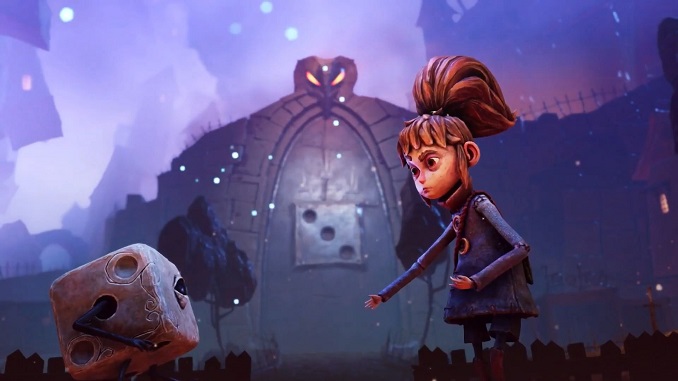
Lost in Random is a joy, not just in its shockingly easy-to-grasp amalgamation of gameplay mechanics, but in the entire world Zoink Games has created. Although it lacks the breadth and fidelity of its big budget counterparts, Lost in Random is just as, if not more, immersive and engaging, and it does so within a gameplay system that looks unwieldy but plays like a dream.—Joseph Stanichar
14. New Pokémon Snap
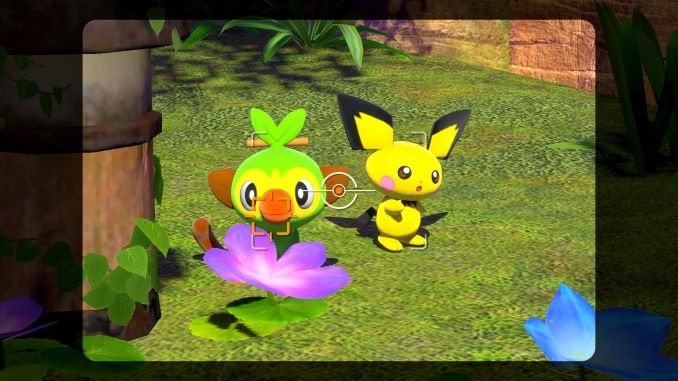
Nintendo’s relaxing theme park ride of a game tasks you with photographing Pokémon in their natural habitats. Think of it as an on-rails shooter, but with a camera instead of a gun; you’ll move slowly along a set path throughout different environments, trying to capture each adorable critter in the most exciting pose possible. Don’t worry about taking good photos—just focus on getting each animal in the center of the shot, as large as possible, and ideally either looking directly at you or doing something cute or funny. New Pokémon Snap is a peaceful excursion into a videogame fantasyland full of adorable animals and devoid of almost any stress whatsoever. In other words, it’s the perfect game for the late pandemic.—Garrett Martin
13. Undernauts: Labyrinth of Yomi

Where Undernauts: Labyrinth of Yomi shines is in being a fantastic on-ramp for its genre. Dungeon crawlers get a reputation for being obtuse bullshit and too punishing in addition to being grindy. Undernauts whittles down the first two for new players, and makes it easier to embrace and find joy in the grind. I get asked a lot which game I recommend for people wanting to get into Wizardry-likes, and until now I didn’t have a good answer; everything was a series of compromises and required me to lay out caveats or provide upfront guidance. What Experience, Inc has done with Undernauts is finally make a satisfying DRPG that looks good, plays well, and I can unequivocally say is where people new to the genre can get a taste of the richer, weirder treasures below.—Dia Lacina
12. Super Mario 3D World + Bowser’s Fury
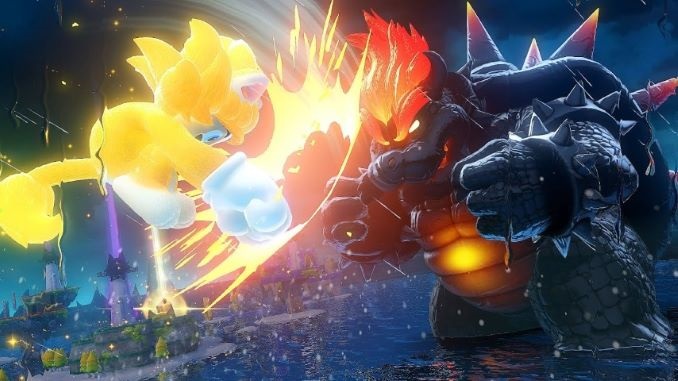
No slight intended to Super Mario 3D World, but this game’s only on the list because of Bowser’s Fury, a short new 3D Mario adventure that’s bundled with the rerelease of a Wii U game. Bowser’s Fury has one glaring game design decision that will keep it off the list of best Mario games—after a certain point that recurring boss battle sequence becomes an absolute drag—but otherwise it’s a fantastically fun 3D platformer that experiments with the classic Mario formula. It almost feels like a rough draft for a future full-scale Mario game, which makes it one of the more intriguing entries in the endless series. Despite being less polished than you’d expect from the usually pristine Mario, though, it’s still a wonderfully conceived game that’s more than worth playing.—Garrett Martin
11. Mundaun
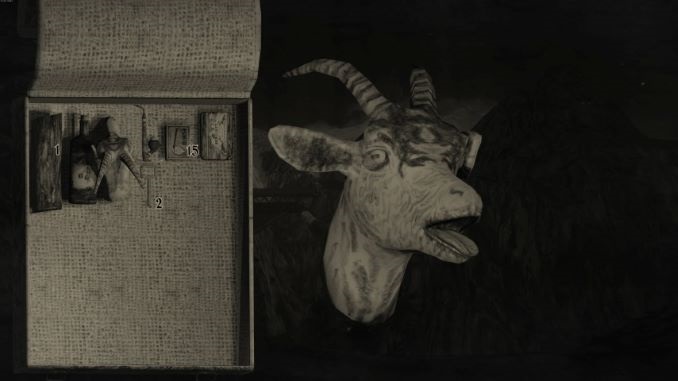
Mundaun’s greatest strength is its source material, Swiss folklore. The format, which relies on exploration and puzzle-solving, isn’t particularly innovative, but the story it facilitates is cryptic and compelling enough to give it momentum. Its pacing is also wonderfully supported by how well the game blends together its exploration and scripted moments, balancing the two so fluidly that its bizarre events come together in a way that feels almost dreamlike. Its darker moments do not feel cinematically imposed on the player, but rather, that they are something that happens to—or with—them. The visuals, for example, often play on light and shadow in a way that relies on the player’s position in the room to progress the scene. Style-wise, its black and white color scheme, often used in similar games to soften rough visual edges (think 2014’s Betrayer), combined with hand-sketched textures (reminiscent of Disturbed from back in 2016), evokes the folksiness of a children’s storybook but channels a grim sparsity that supports its themes well.—Holly Green
10. Knockout City

Multiplayer dodgeball game Knockout City is an absolute blast to pick up and play. It’s inexpensive to boot and simple to keep up with, making it markedly less of a chore to log into, have fun with for an hour or two, and hop back out of unlike most service games. It’s got a fun style and look to it that makes it all the more inviting, and solid enough mechanics to master that I feel satisfied coming back to practice. Straight up, it’s also just fun as hell to play something that isn’t so grim or serious, making Knockout City a success in my eyes.—Moises Taveras
9. Black Book
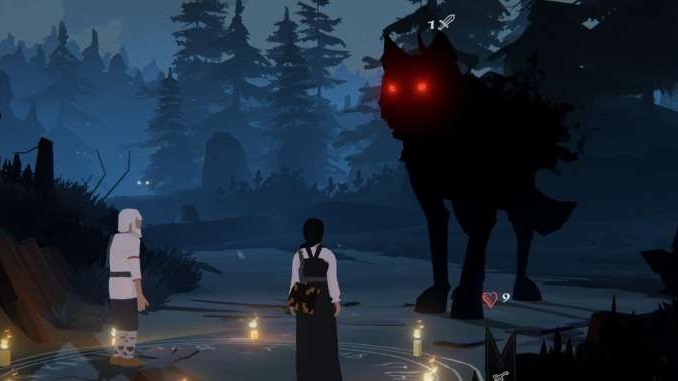
At first, Black Book feels familiar. Its card-based battle system borrows from the explosion of deckbuilding roguelikes, most obviously Slay the Spire. The way the game structures itself around gaining new cards and expanding potential strategies will be familiar to anyone who has played games like this before. However, rather than using a slight narrative framing to hold up a number crunching strategy game, Black Book’s combat feels like the metaphor of a JRPG. It is a system that deepens its themes of people living in a dying ancient myth. Black Book is interested in a world beyond the material, beyond its mathematical parts. Even as it uses math to represent the ephemeral, it tries to ground the numbers in the mythical.—Grace Benfell
8. Shin Megami Tensei V
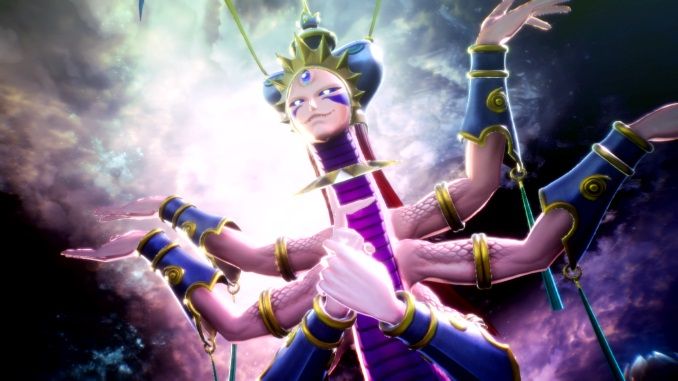
Shin Megami Tensei V’s anarchic tone, relatively high difficulty ceiling, and heavy focus on combat might turn away some players, but it has an undeniable gravity and ultimately proves itself as an exceptional RPG. The grind to the top is ascetic and practiced, with grand ambition and keen diligence towards paying the franchise’s history its proper dues. It’s an undeniably dark game, but quite optimistic in its intentions and eschews edgy clichés. Shin Megami Tensei V is Atlus’s contemporary masterpiece, and one of the finest games this year.—Austin Jones
7. Dungeon Encounters

Dungeon Encounters might be the greatest dungeon crawler of all time. Bringing together veteran Final Fantasy director Hiroyuki Ito (creator of the Active Time Battle system), rockstar composer Nobuo Uematsu, and Final Fantasy Tactics Advance artist Ryoma Ito, this game is an ATB love letter to Original Dungeons & Dragons. Throw together a party of a Panther-man, a single mom with a medieval shotgun, a golden retriever, even a robot, and go exploring actual graph paper mazes littered with hexadecimal encounters. Dungeon Encounters is the genre stripped to its bones, and made to dance with charm, mirth, and the sharpest approach to combat the genre has ever seen.—Dia Lacina
6. Unsighted

Would you want to know exactly when you’re going to die? Or, worse, exactly when you’re going to become undead—when your mind and personality and memories fade away, and you become a brainless killing machine? That’s the dilemma at the heart of Unsighted, one of the best written games of the year. A race of synthetic creatures become sentient, driving their human creators to try and destroy them; these automatons now face extinction as the humans deprive them of the element that keeps them animated. Every NPC you meet has a limited shelf life, with an on-screen marker telling you how many hours they have before they run out of juice and become “unsighted.” That turns a typical backtracking-heavy Metroid-style adventure into a stressful race against the clock as you try to protect and help as many automatons as you can while also trying to solve the problem of the human threat. What makes Unsighted really shine are your relationships with those other characters; when they start to inevitably blink off and turn unsighted, you’ll be overcome with loss and guilt.—Garrett Martin
5. Hitman 3: Cloud Version

Playing Hitman 3 feels like being thrown into a random improv scene. You’re constantly switching parts, objectives, and wardrobe, making sure never to break character before you eliminate your target. Every stage is a performance, and they’re all incredibly distinct and fun. You play as world-class executioner, Agent 47, and due to his occupation there’s a thick cloud of intensity and death that follows him around every corner. Each contract sends you to varied and visually striking locations all over the globe, setting up flexible environment-specific boundaries while simultaneously encouraging you to push against them (or even throw it all out and do it your way). Both the plot and general premise of IO Interactive’s Hitman 3 are straight-faced and sober, yet it somehow manages to be one of the funniest games I’ve played in a minute due to clever prop comedy and witty, well-written NPCs. After spending a bunch of time playing around in its charming and compact world, Hitman 3 has proven to be a well-constructed assassination sandbox full of tension, fashion, and possibility. —Funké Joseph
4. Genesis Noir

Genesis Noir is a cosmic point-and-click mystery about the meaning of life, the tragedy of death, the creation of the universe, and, oh yeah, jazz. Yes, it’s incredibly pretentious, but in a way that absolutely works, drawing you in instead of pushing you away. It has lofty goals and it isn’t afraid to really go for ‘em, with a cleverness and thoughtfulness that makes even the most esoteric decision land with power. It’s also the most stylish game of the year, with a noir-ish black-and-white color scheme occasionally broken up by flashes of color, incredible character designs, and an atmospheric jazz score that fits it perfectly. It’s one of the most beautiful and entrancing games of the year.—Garrett Martin
3. Monster Hunter Rise
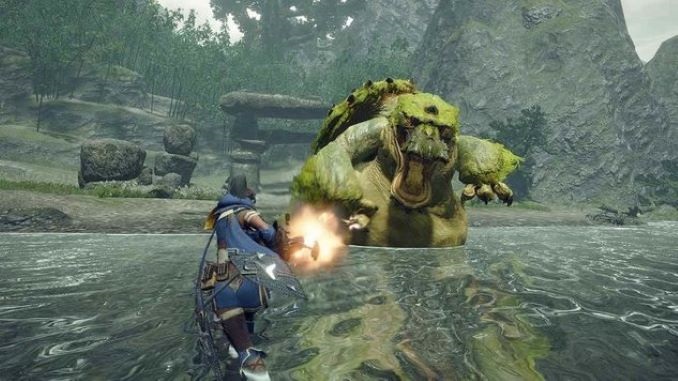
Monster Hunter World almost got there, but Monster Hunter Rise feels like the first game in Capcom’s smash series to offer something substantial beyond the repetition of monster hunting. There’s a real world here, with fleshed-out characters, and it makes Rise a pleasure to visit even when you aren’t looking to slay some beasts. And when you do take up the hunt, the clearly regimented quest system makes it fit perfectly within your busy schedule—you can pick up the controller and know you’ll be able to knock out a mission in under a half-hour. It’s a role-playing game that doesn’t demand all of your time, which is exactly the kind of RPG we need these days.—Garrett Martin
2. Death’s Door
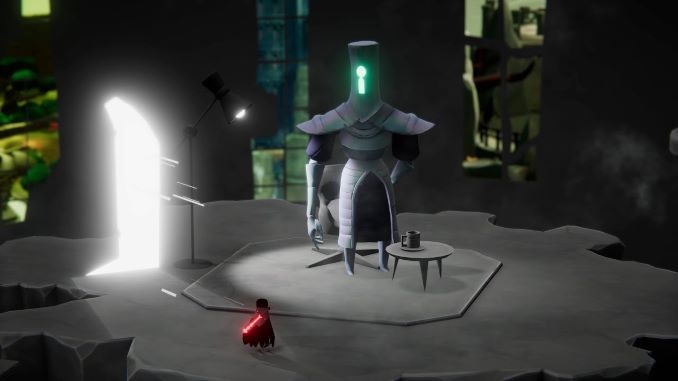
Death’s Door implicitly argues something the entertainment world at large needs to understand: Nostalgia doesn’t have to be shameless or oppressive. It doesn’t have to be the summation of a game’s (or a movie’s, or a TV show’s) ambition. It doesn’t have to be splashed all over the cover and title screen, or the full extent of the marketing campaign. Death’s Door deeply evokes the spirit of some of the most beloved games of all time, and does it well enough that anybody familiar with those legendary games will no doubt recognize and appreciate it. And it does all this with a context and presentation that makes it feel new and vital and not just like a calculated imitation of the past. It takes so much of what made the original Zelda and A Link to the Past into timeless classics, but makes them into its own. Nostalgia can be part of the package, but it shouldn’t be the whole point, and Death’s Door’s cocktail of mechanical nostalgia and narrative creativity is something we don’t see enough of in today’s IP-crazed business.—Garrett Martin
1. Metroid Dread
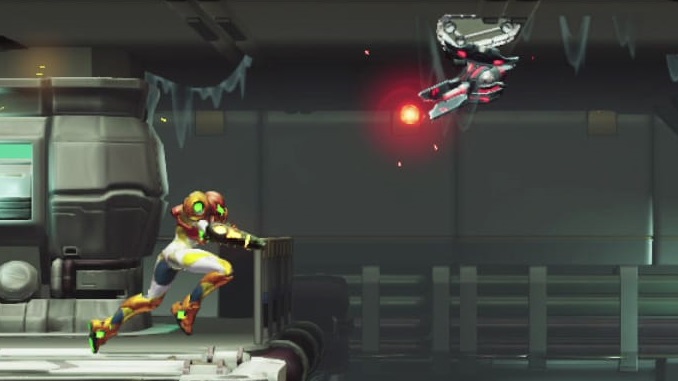
The first entirely new side-scrolling Metroid game in almost two decades captures what makes Super Metroid such a timeless classic, while also introducing something the series hasn’t seen since the very first NES game: a palpable sense of fear. The almost unbeatable E.M.M.I. sentries are even more terrifying than the metroids you face at the end of Metroid. Every E.M.M.I. encounter punctuates the game’s sterling design with genuine dread, eliciting an emotional and physical response rarely seen in games. Metroid Dread is about as good a return to classic Metroid as anybody could ask for.—Garrett Martin